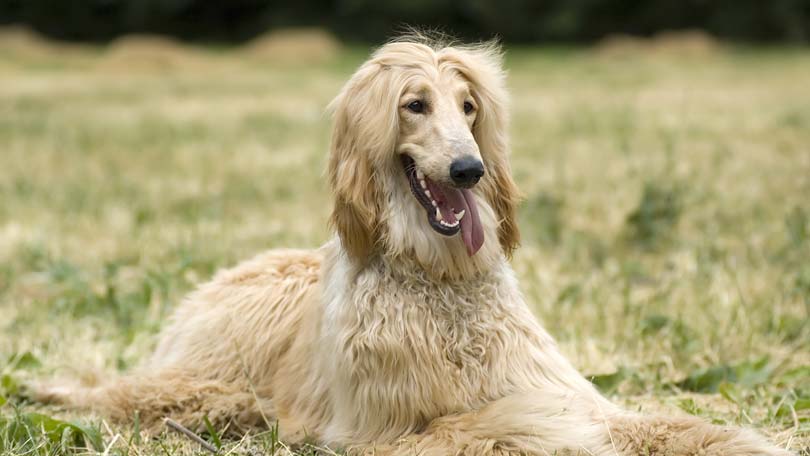
The sight of a human and dog walking harmoniously down the sidewalk, leash loose as if entirely unnecessary, sparks envy in many dog owners who dare to dream of such behavior from their own pets. What this perfect picture does not show, however, is the amount of time, effort, and training that went into teaching the animal how to comfortably walk on leash. Although it is not a natural occurrence for a dog to walk on leash, it is required in many cities, as well as veterinarian offices, and the sooner you begin leash training your dog, the sooner you and your dog will be that perfect picture!
Ideally, the time to begin leash training is around eight weeks of age. At this point, your puppy is mature enough to learn basic commands, like come or let’s go. If your dog is past this age, do not worry. Even an older dog can be taught to walk on leash, but it may take a bit more effort on your part as his bad ‘on leash’ behavior may be quite engrained. To prepare your animal for the leash, first get him used to wearing a collar. Put the collar on for short periods of time at first, and try to distract your dog from biting or trying to remove it. Do not remove the collar when he is actively fighting it; only remove the collar when he is calm and tolerant. Once he is used to the collar, add the leash. Allow him to eat or play (supervised by you) with the leash on so that he can associate it with fun activities. A six foot nylon, non-extendable leash works best.
Using Dog Treats When Training
The key to beginning leash training is getting your dog to come to you when called. Using treats is perfectly acceptable, but be sure to praise as well. You can even begin in your own backyard; have your dog wear collar and leash, and let him walk freely through the yard. Call him to come close to you, and when he does, give him a treat. Hang onto another treat, show it to him, and have him follow you for a short distance. After a minute, give him the treat. You should be able to gradually increase the amount of time the pup follows you, and he learns that following you and paying attention equals treats and praise.
When you are ready to take your dog or puppy out of the backyard, arm yourself with motivation (food). The first few walks should be short, and remember that until your dog learns to walk without pulling, each and every walk is a training session. Begin walking, and give the command of ‘walk,’ or ‘let’s go.’ If your dog follows, say ‘good walk,’ if he freezes and refuses to move, drop a few treats in front of him, leash loose, and wait. Never pull or drag your dog, as this may frighten him even more. You can also try to encourage forward movement by touching the dog’s hindquarters, or turn your back to the dog and wait for him to become bored of sitting there. If, on the other hand, your dog runs to the end of the leash and pulls, stop moving. Do not pull back. As soon as the pup realizes that pulling did not work because you are no longer moving forward, get his attention, and motivate him to follow you in another direction. You are much more likely to keep a puppy’s attention by making a game out of following you, and you will have more fun too!
For an older dog that pulls, stopping alone may not work. Remember that the goal is to walk with the leash loose at all times, so you must be very careful not to allow the dog to experience tension from the leash. Arm position is very important; your arm should be relaxed, slightly bent, with your elbow in toward your body. An outstretched arm offers less control. The instant that the leash becomes taught from your dog pulling, straighten your arm to create slack in the leash, and take a step in a different direction. The dog may feel a tug at the leash, but he will recognize that you made a change in direction that he missed. This will encourage your dog to pay careful attention to your body language, and rely less on cues from the leash.
Leash training your dog can be extremely rewarding, and is essential for a safe, well-exercised pet. Your dog will enjoy trips out of the yard, and you will enjoy the ease with which your pet walks along side of you. You may even become the envy of your neighbors as you and your dog take pleasant strolls throughout the neighborhood.





